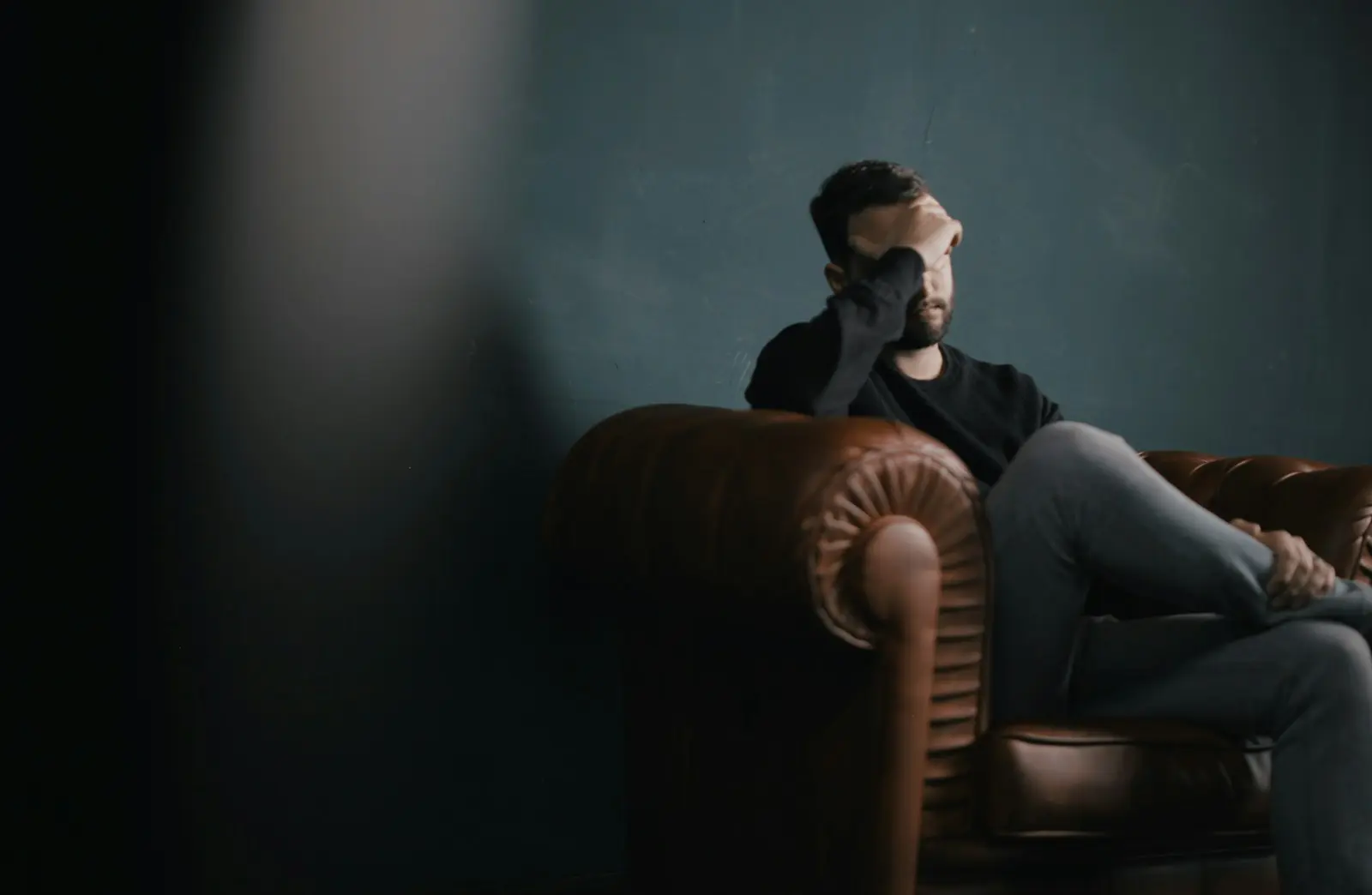Specific phobias are intense, irrational fears of particular objects or situations that go beyond typical caution and can significantly impact an individual’s day-to-day functioning. They are more than simple fears.
In Australia, specific phobias are a common type of anxiety disorder, affecting individuals across various ages and backgrounds. Understanding the different types of phobias, their psychological impact, and pathways to recovery can support individuals in seeking the help they need to manage these challenges.
Understanding Specific Phobias
A specific phobia is characterised by a marked and persistent fear that is excessive or unreasonable, cued by the presence or anticipation of a particular object or situation. Common categories include:
- Animal phobias: fear of dogs, spiders, etc.
- Natural environment phobias: such as fear of heights, storms, or water.
- Situational phobias: including fear of flying, enclosed spaces, or driving.
- Blood-injection-injury phobias: fear related to medical procedures, needles, or seeing blood.
- Other phobias: such as fear of choking, loud noises, or clowns.
These fears are not just preferences or dislikes; they may often lead to avoidance behaviours and significant distress.
Psychological and Social Impacts
Specific phobias can affect many areas of daily life. Avoidance can limit occupational or educational opportunities, social interactions, and overall emotional wellbeing. For example, someone with a severe fear of flying might miss important work or family events. Over time, these limitations can contribute to secondary issues such as loneliness, depression or generalised anxiety.
Phobias can also co-occur with other mental health conditions. Individuals with anxiety disorders, including specific phobias, may experience co-existing depression or substance use disorders. This can complicate recovery.
Recovery Pathways
Effective treatment for specific phobias is available and can lead to significant improvement of symptoms. Psychological interventions, particularly cognitive behaviour therapy (CBT), can be beneficial . Other techniques used may include:
- Exposure therapy: Gradual and systematic exposure to the feared object or situation to reduce anxiety.
- Relaxation training: Learning techniques to manage physiological arousal during exposure.
These methods help individuals build tolerance to anxiety-inducing stimuli, leading to decreased fear responses over time. Therapy is often structured and goal-oriented, offering progress that boosts confidence and encourages continued engagement. In children and adolescents, treatment may also involve family participation to reinforce therapeutic strategies and address environmental factors that may contribute to anxiety.
Self-help resources, such as those provided by the Centre for Clinical Interventions (CCI) and MindSpot, can also play a supportive role. These resources often include structured modules, psychoeducation, and worksheets to help individuals identify triggers, monitor progress, and practise new coping skills.
Accessing Professional Support
If you or someone you know is struggling with a specific phobia, seeking help from a registered psychologist can be a helpful step towards recovery.
At Strategic Psychology, our team of psychologists provides assessment and intervention tailored to individual needs, contact us to learn more about support for managing specific phobias.
Support from a professional can empower individuals to regain control over their lives and participate more fully in activities they value.
Specific phobias can be debilitating, but with the right support and treatment, symptoms can improve and become more manageable over time. Understanding the types, impacts, and treatment options allows individuals and families to make informed decisions about their mental health.
If you’re ready to take the first step in facing your fears, reach out to Strategic Psychology for guidance and support.
References
- Australian Psychological Society (APS). Evidence-based psychological interventions in the treatment of mental disorders. retrieved from: https://psychology.org.au/for-the-public/psychology-topics/phobias/evidence-based-psychological-approaches-and-strate (accessed 10 June 2025).
- Beyond Blue. Types of anxiety. retrieved from: https://www.beyondblue.org.au/mental-health/anxiety/types-of-anxiety (accessed 10 June 2025).
- Beyond Blue. Treatments for anxiety. retrieved from: https://www.beyondblue.org.au/mental-health/anxiety/treatments-for-anxiety (accessed 10 June 2025).
- Centre for Clinical Interventions (CCI). Self-help resources. retrieved from: https://www.cci.health.wa.gov.au/Resources/Looking-After-Yourself (accessed 10 June 2025).
- National Institute of Mental Health (NIMH). Phobias and phobia-related disorders. retrieved from: https://www.nimh.nih.gov/health/publications/phobias-and-phobia-related-disorders (accessed 10 June 2025).
- NSW Health. Types of anxiety. retrieved from: https://www.health.nsw.gov.au/mentalhealth/psychosocial/foundations/Pages/types-anxiety.aspx (accessed 10 June 2025).
